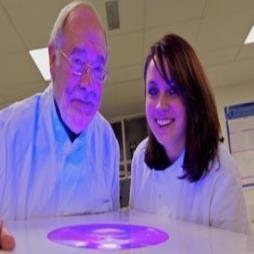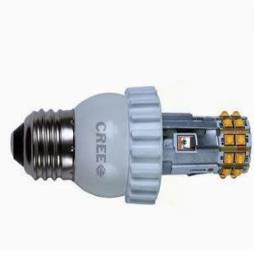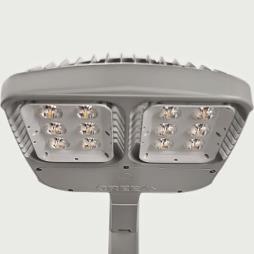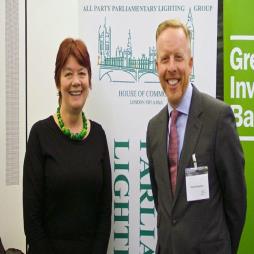Attack of the Purple People Savers: Violet lights assault Glasgow hospital superbugs
17-03-2015
LUX Magazine reports:
A Glasgow hospital will soon switch on a system intended to wipe out lethal superbugs, marking lighting's latest march into the field of health cure and benefits.
Glasgow Royal Infirmary says that the violet hue lights will decontaminate air and surfaces, wiping out deadly bacteria far more effectively than can any cleaning or disinfectant.
The hospital will deploy the “high intensity narrow spectrum” (HINS) lights in an intensive care ward “in the coming months,” according to a press release from the University of Strathclyde, which developed the system.
Glasgow Royal trialed the lights in isolation units in 2010, when it found that the technology cut down on bug transmission. Strathclyde, also based in Glasgow, describes the upcoming installment in an open ward as “a world first.”
Superbugs are bacteria that resist antibiotics. Hospital patients are particularly vulnerable because their weakened immune systems and open wounds offer openings to the bugs, which can also ride into humans on invasive devices common in surgical and other treatments. The UK suffers about 5,000 superbug deaths a year (not all from hospital borne sources), according to a recent report.
“While HINS-light is deadly to pathogens...it is harmless to patients and staff and will allow hospitals to continuously disinfect wards and isolation rooms,” says Strathclyde researcher Michelle Maclean.
A report in The Scotsman noted that, “Medics believe it will make wards 90% cleaner than is currently achieved using conventional cleaning and handwashing routines.” The hospital will leave the system on all day and turn it off at night, The Scotsman reports. It explains that the lights excite molecules in bugs including methicillin-resistant Staphylococcus aureus (MRSA) and Clostridium difficile (C.diff), releasing chemicals that kill them
The system emits light at 405 nanometres, a short wavelength which is slightly longer than ultraviolet but, unlike ultraviolet, is still visible to the human eye. It also blends in white light emitting diode (LED) lights to help provide a warmer tone, according to the hospital's press release.
The Glasgow hospital scheme is that latest twist in a movement to facilitate human health by applying different hues, tone, frequencies and brightness patterns (often using LEDs). Experts believe that the right lighting can enhance sleep, relaxations, healing and learning, and can help mitigate physical pain, among other benefits.






